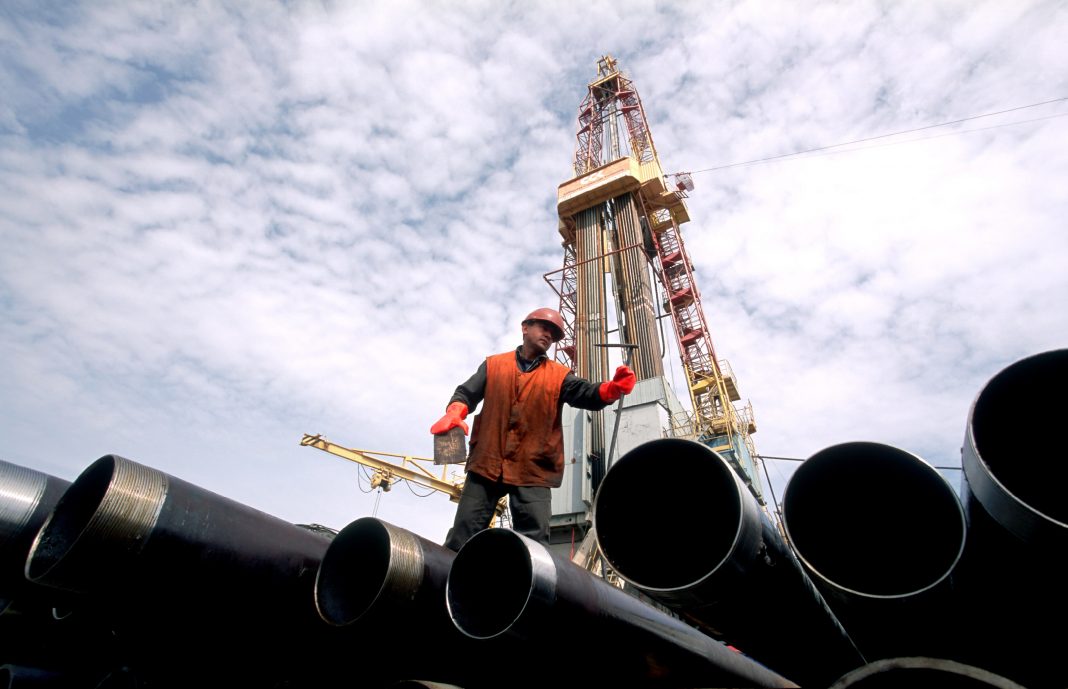Kyushu University analyses the impact of the Ukraine war on global energy prices and social surplus using the monthly input-output model of 56 sectors in 44 countries
On 24th February 2022, Russia invaded Ukraine. The world as we know it changed. Some fear a Third World War, others a nuclear war, and some just hope their energy bills don’t continue to increase.
So, what has been the impact of the Ukraine war on global energy prices and what are the implications beyond this?
Now that it is coming up to one year since Putin invaded Ukraine, it is worth considering the impact of the Ukraine war on global energy prices.
Immediately following the invasion, energy prices shot up worldwide, reaching a 20% increase for five months straight.
WTI crude oil was $92.77 per barrel on 24th February 2022 but rose and averaged $106.96 (+15.3%) from 28th February to 3rd August.
Moreover, when comparing February and July in OECD (18.0%) and G-7 (18.9%) countries, energy consumer price indexes (energy CPI) increased consecutively for five months. They actually hit their highest year-over-year growth since tracking began in 1971 in OECD (40.70%) and G-7 (39.43%) in June 2022.
What impact do rising energy prices have on GDP?
Rising energy prices may have little impact on real gross domestic product (GDP).
This is because energy use is merely an intermediate input.
Meanwhile, rising energy prices may decrease social surplus, which in turn, would slow economic growth.
This can be explained by – when global energy prices rise, consumers tend to buy less durable goods, such as cars and new houses, and firms may reduce their investment spending due to uncertainty. Additionally, because fossil fuels are primarily used as intermediate inputs upstream in the supply chain, higher energy prices lead to higher global costs. This is due to spillover effects.
Input-output analysis (IOA) favoured to examine effects on supply chain
For such a shock analysis, input-output analysis (IOA) is favoured to examine the spillover effects in the supply chain.
The Leontief quantity model is the de-facto standard for both demand and supply analysis
In particular, the Leontief quantity model—the most popular demand-driven model—is the de-facto standard for both demand and supply analysis. However, it is not without issues. The model is not theoretically consistent with the supply analysis, and, more importantly, it is likely to overestimate monetary damage because price and quantity are inelastic.
A new study from researchers at Kyushu University suggests that if the price increases by 20% in Russia’s mining and quarrying (M&Q) sector alone, there will be virtually no effects globally. This means global prices will rise by only 0.13% across all sectors globally (weighted average), reducing social surplus by 0.28% of the pre-invasion monthly GDP ($22,295 million per month).
The magnitude of geopolitical risk
Simultaneously, if prices increased by 20% globally in every M&Q sector, global prices would rise by 3.15% across all sectors. This would reduce the social surplus by 6.83% of the pre-invasion monthly GDP ($551,080 million per month). This example is roughly equivalent to Russian M&Q (energy) prices being five times higher (+497%) and demonstrates the magnitude of geopolitical risk.
How did the researchers come to these conclusions?
Research Lecturer Michiyuki Yagi and Professor Shunsuke Managi in the Urban Institute and the Department of Civil Engineering, Kyushu University, came to these conclusions by updating the world IO table to 2021 values (56 sectors in 44 countries) and analysing the two scenarios above using the Leontief price model with the exogenous price elasticity of demand at the monthly level. This method was developed by the authors in 2020*.
This model has advantages because it is theoretically suitable for supply analysis and will not overestimate monetary damages because price and quantity are perfectly elastic with each other.
What is the impact of the Ukraine war on policy?
With regard to the policy implications, a price change of only 20% in Russia’s energy sector will have a little global impact because the economic scale is relatively small.
If energy prices rise globally, there are three energy-related sectors which are most affected. These are:
- (M&Q, coke/petroleum, and electricity and gas supply)
- Metal
- Mineral products
- Electrical equipment
- Chemical products (manufacturers)
- Air transport
- Construction (service sectors)
Finally, if energy prices are to rise, policymakers should focus on the downstream sectors of buyers or consumers. They will be more damaged than sellers or producers as they have to buy fewer quantities at higher prices.
In terms of energy (fossil fuel) prices, the 2022 Russian invasion of Ukraine (was an economic shock that) cost consumers or buyers (in the world) primarily 2.85% of the pre-invasion annual GDP ($2.7 trillion) in five months following the invasion.
*Yagi, M., Kagawa, S., Managi, S., Fujii, H., Guan, D., 2020. Supply Constraint from Earthquakes in Japan in Input-Output Analysis. Risk Analysis. vol. 40 (9), pp.1811-1830. https://doi.org/10.1111/risa.13525
The findings from the research were published online in the journal Economic Analysis and Policy (the Economic Society of Australia) on 4th January, 2023.











